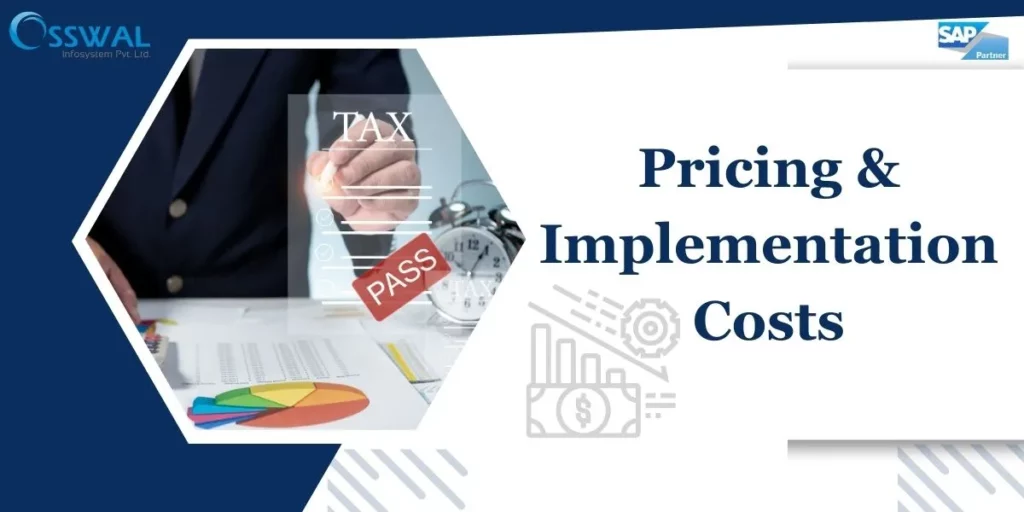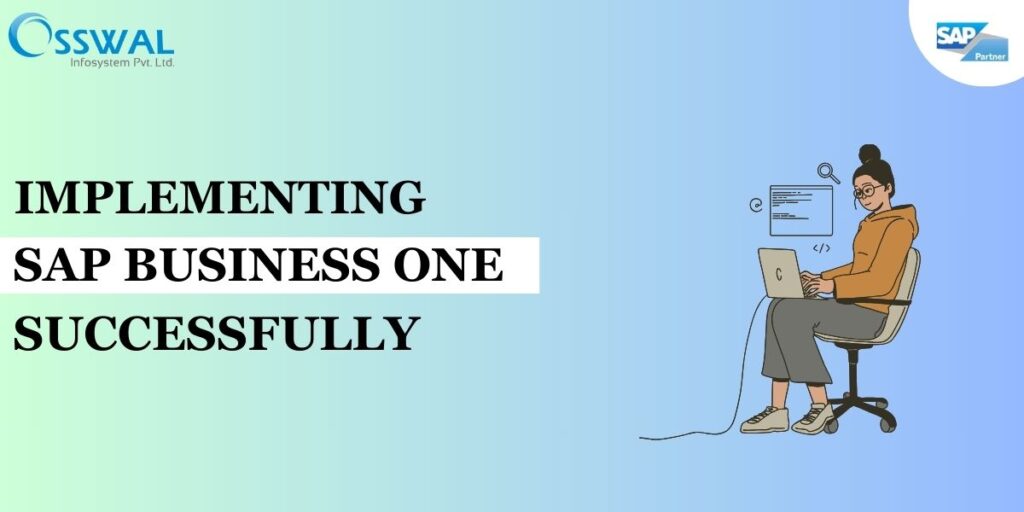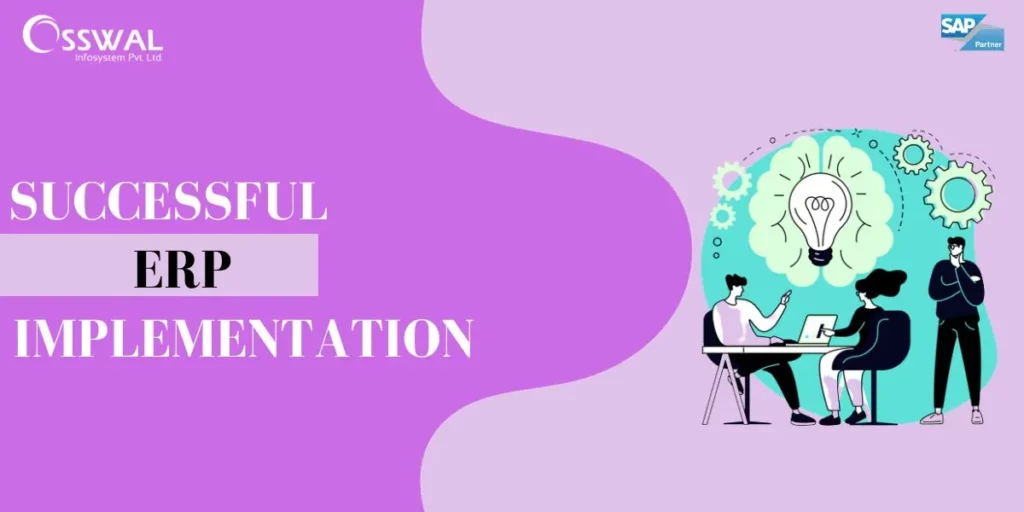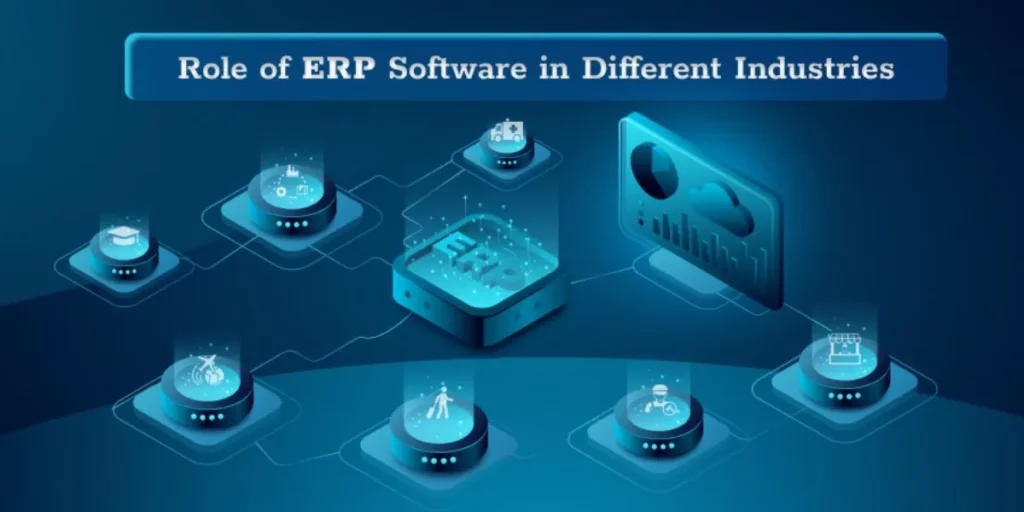In the dynamic landscape of business management solutions, SAP Business One has emerged as a powerful tool for small and medium-sized enterprises (SMEs) seeking to streamline their operations. However, understanding the pricing and implementation costs associated with SAP Business One is crucial for businesses contemplating its adoption. SAP Business One Pricing The pricing structure for […]
Pricing & Implementation Costs for SAP Business One Read More »





